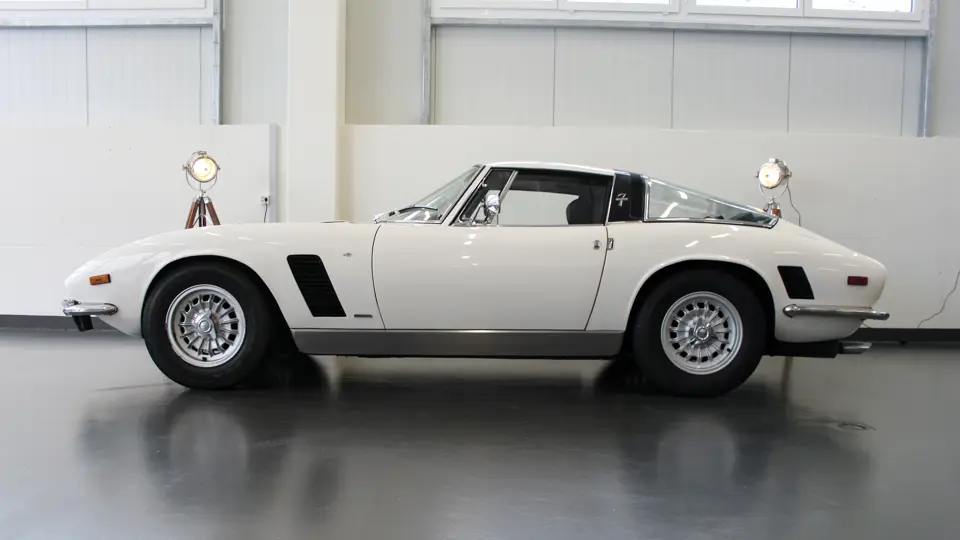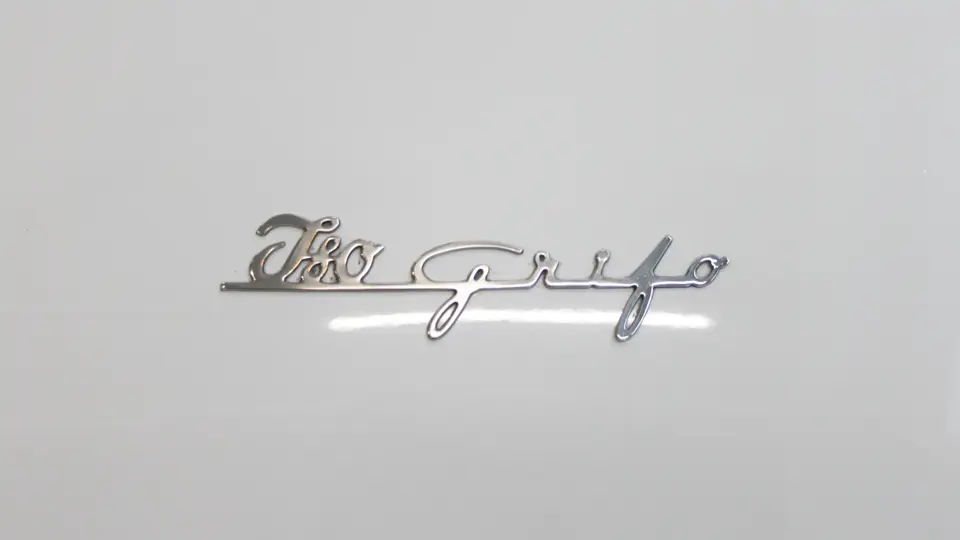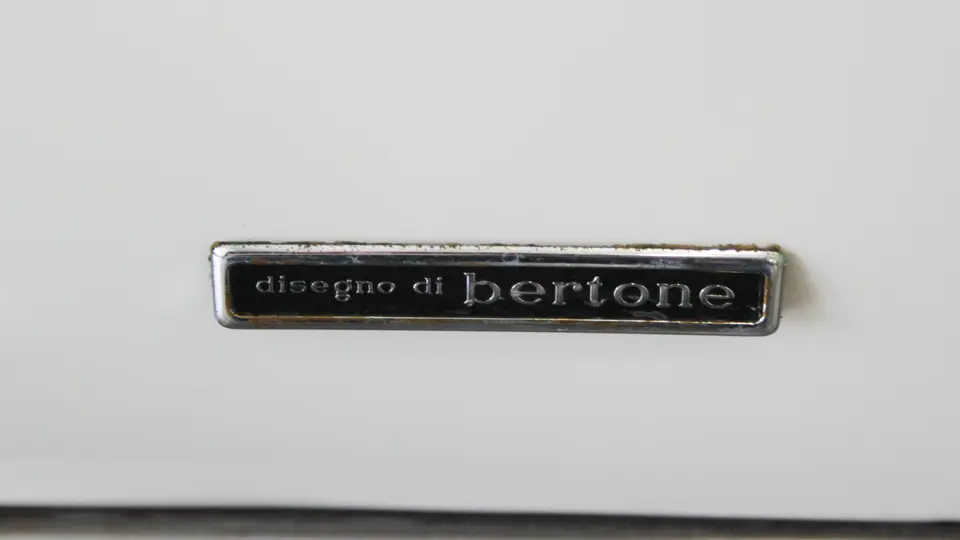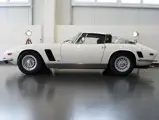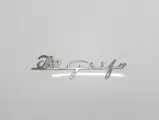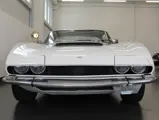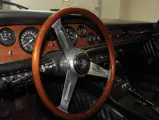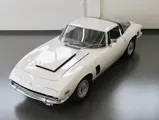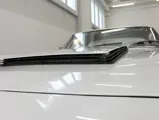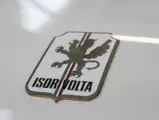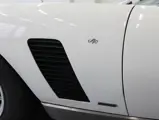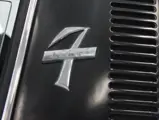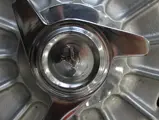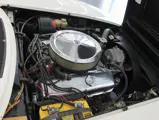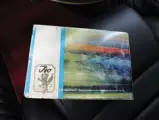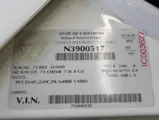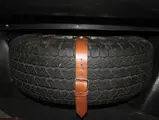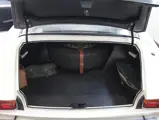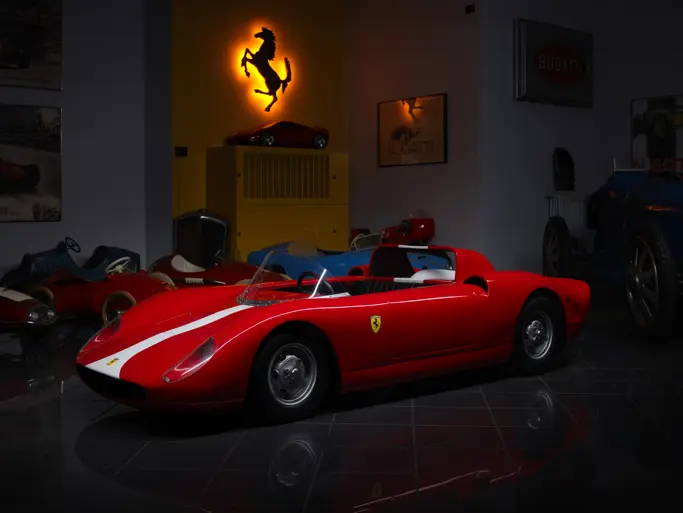Easily one of the most captivating and mysterious automobile manufacturers in the world, Iso started in 1939 making not cars, but refrigerators. When World War II came to an end, the Italian national need for inexpensive and practical transportation caused the company to expand into the manufacture of scooters and then small bubble cars, including the much-loved Isetta marketed by BMW. The success of the Isetta enabled the company to manufacture a line of Grand Touring cars. The car offered here, the 1971 Iso Grifo, is one of the most successful, most aggressive and most popular designs offered by the company.
Early on in production, Iso hit on a highly successful formula: shoehorning powerful American V-8 engines into small, lightweight, Italian coachwork penned by some of the best designers in history. Their first offering, a four-seater called the Rivolta, was powered by a 300-bhp Corvette engine. The profits from this project enabled Iso to develop a companion two-seater known as the Grifo. Designed by Bertone with the assistance of noted designer Giorgio Giugiaro, the Grifo was powered initially by Chevrolet’s venerable 327-cu. in. V-8. By 1970, however, Grifos like the car offered here were powered by the iconic 42-cu. in., or 7.0-litre, Chevrolet motor which had been made world famous by powering Corvette race cars around the most storied racing circuits in the world. Though limited in production, these so-called ‘7-Liter' cars were highly desirable in the period and remain so to this day.
The car offered here is a truly exceptional example of a truly exceptional Grifo. According to the Iso Registry, chassis 335 is the third of only four Grifos with the 7.0-litre engine. Differentiated from the Series I cars by the presence of highly attractive pop-up headlights, the first Series II was chassis no. 332, which was equipped with the 7.0-litre V-8. The next car, chassis no. 333, also got a 7.0-litre engine, but the next car, chassis no. 334, received the smaller 5.7-litre V-8. The following car, the example offered here, chassis 335, received the 7.0-litre engine. The fourth and final 7.0-litre car was chassis no. 355. The first two were still produced in 1970, and the last two in 1971. Therefore, chassis no. 335 is one of just two 1971 7.0-litres built.
As if this was not enough to ensure the car’s place as a highly important example, incredibly, the car has resided in the ownership of the same family since new. The patriarch of the family visited the Geneva Motor Show in 1970 and ordered a new Iso Grifo 7-Litre with the five-speed ZF transmission directly at the Iso stand. The car which he ordered subsequently entered production and was completed on 13 January 1971. The Grifo was picked up on 1 February 1971 at the Central Garage L.C. Roggero, the Iso dealer in Sihlfeldstrasse 10, Zurich.
For the last 47 years, the Iso has remained with its original family and has only been driven on special occasions. Fewer than 47,000 km have been driven since the car left the factory. It has been like a member of the family itself, deeply cared for and properly maintained. The car now remains in the care of the original owner’s wife and her sons and is in all respects as it left the Iso factory in 1971. The original seats were removed from the car some 27 years ago to protect them from wear and tear, and they are offered with the car today. The car has both U.S.-spec and European-spec lights due to a 10-year period when it followed the original owner’s son to the U.S. in 1991 when he went to work for the Vector Aeromotive Corporation. The car retains its original keys with the Iso label, as well as its original tools and spare tire. The original brochure is also included with the sale.
With single-family ownership, this highly significant piece of Italian motoring history belongs in the care of someone who will continue to provide the car with the care it deserves. It will make a truly stunning addition to any of the world’s finest sports car collections.

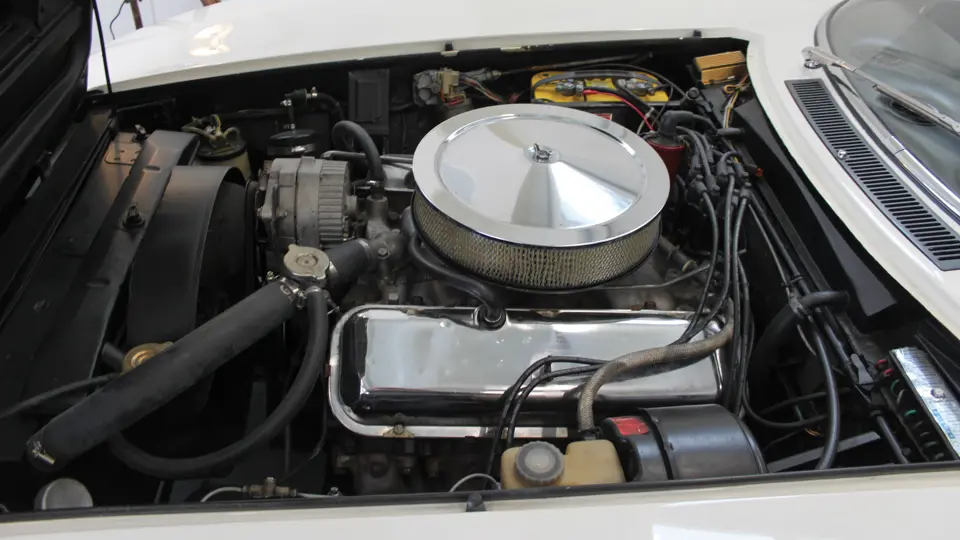



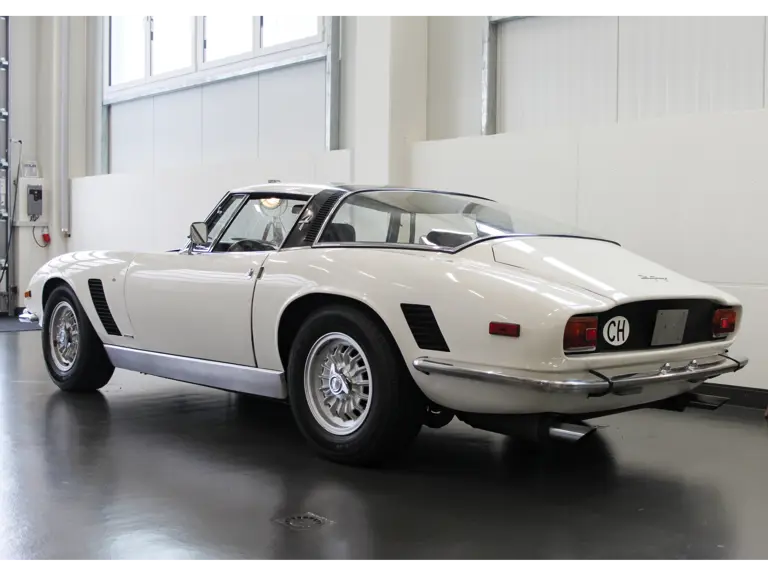
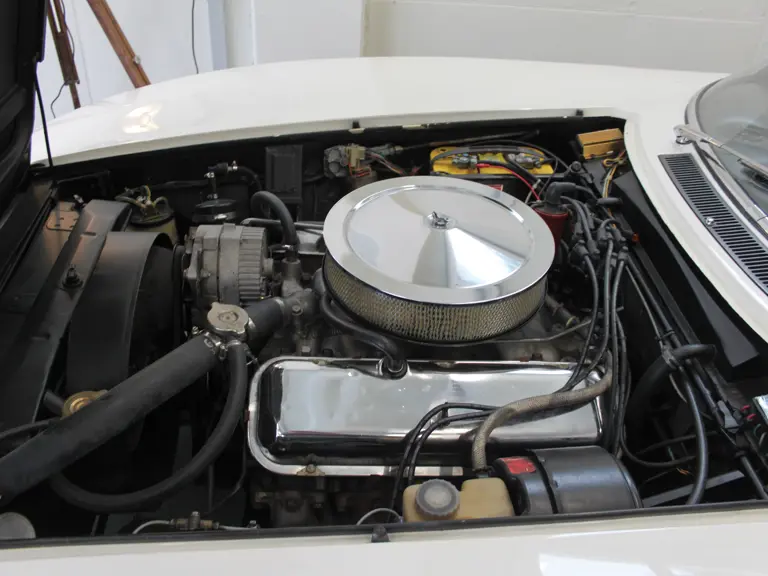

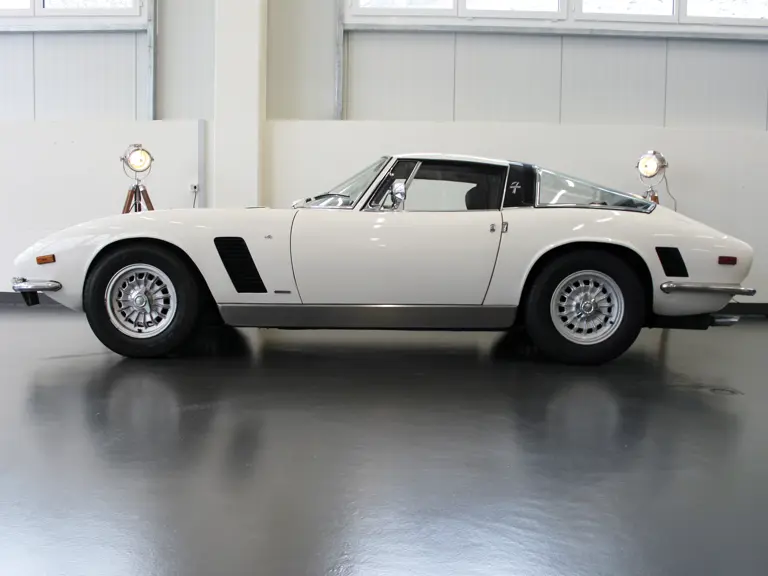

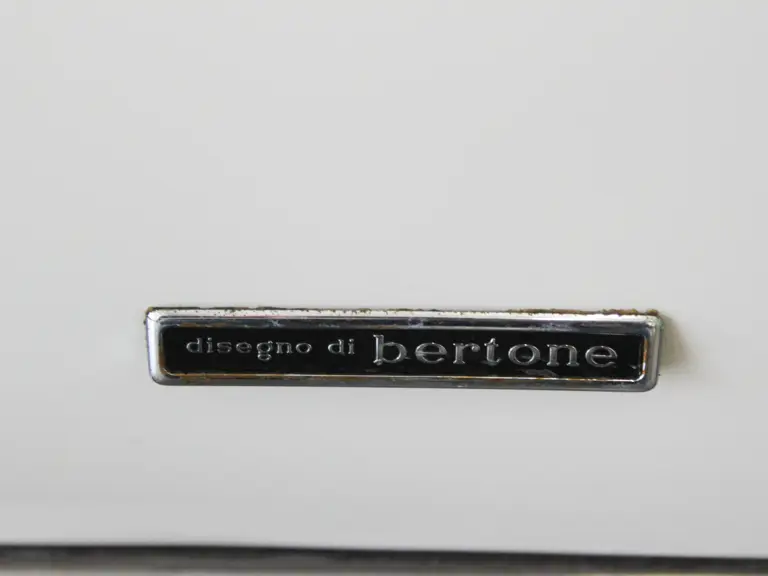
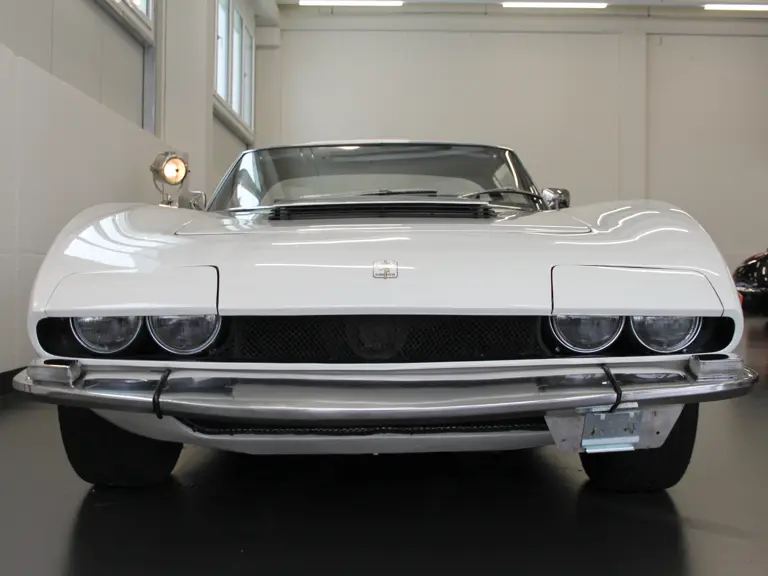

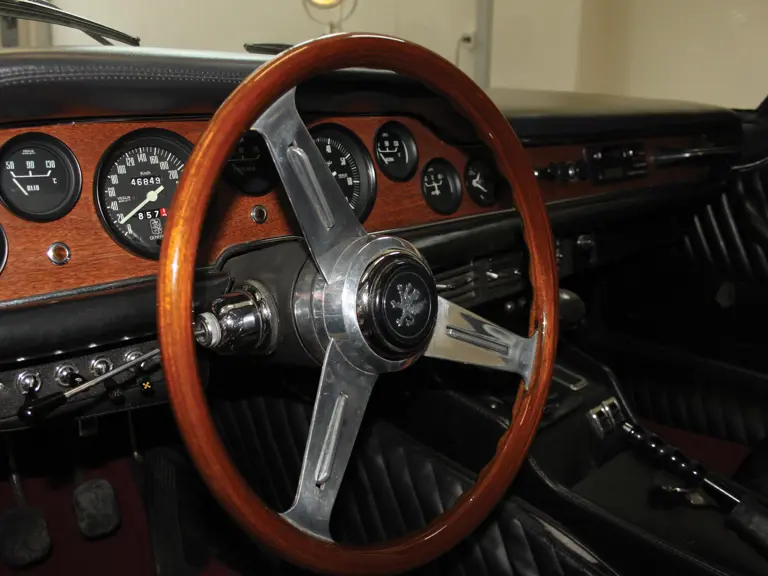
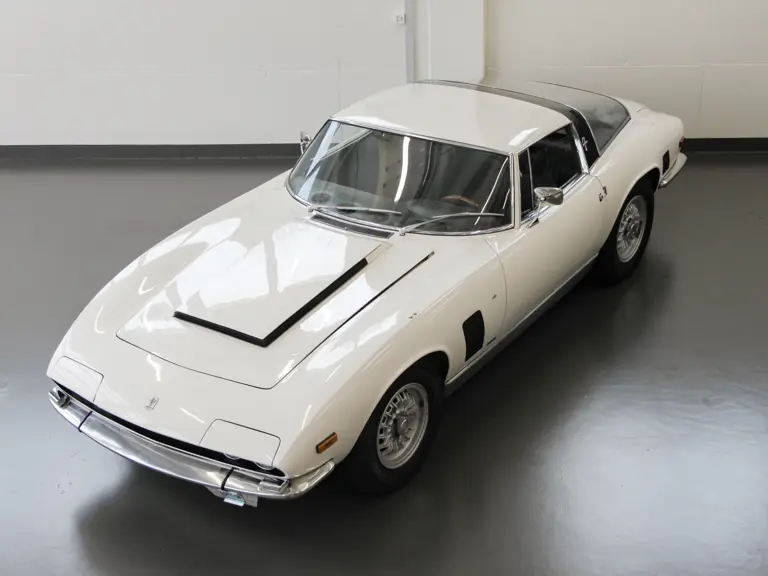
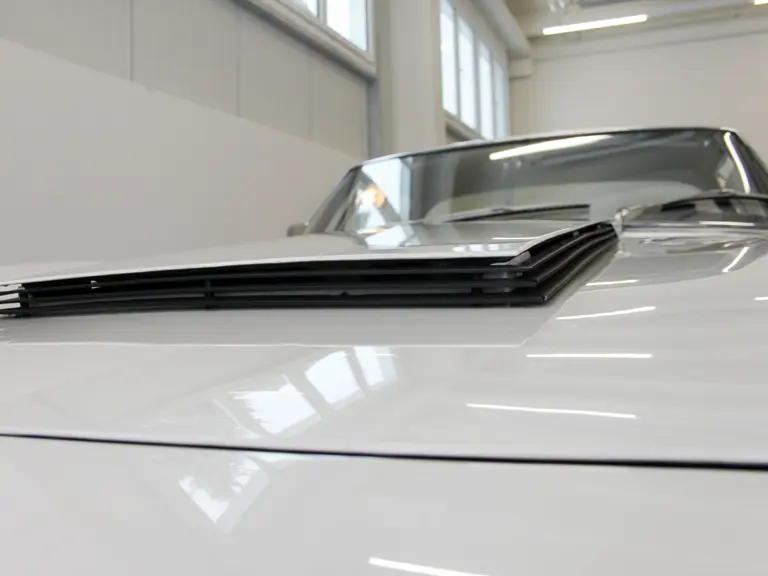
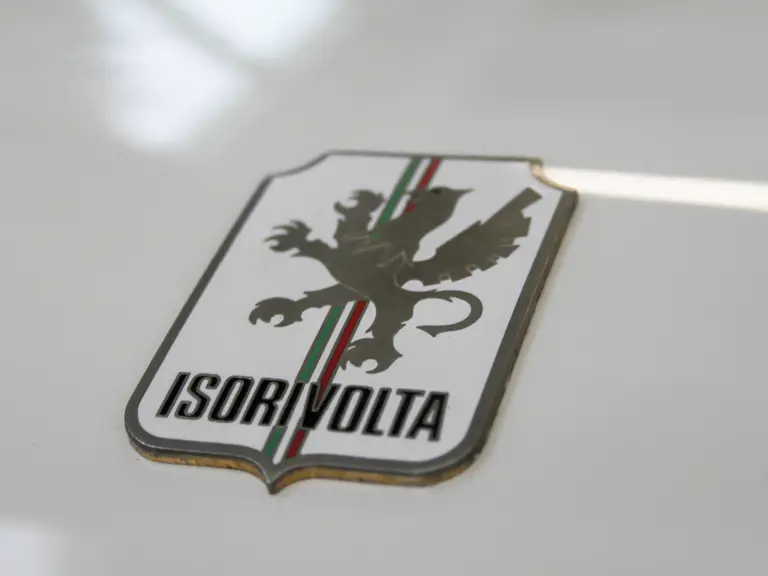
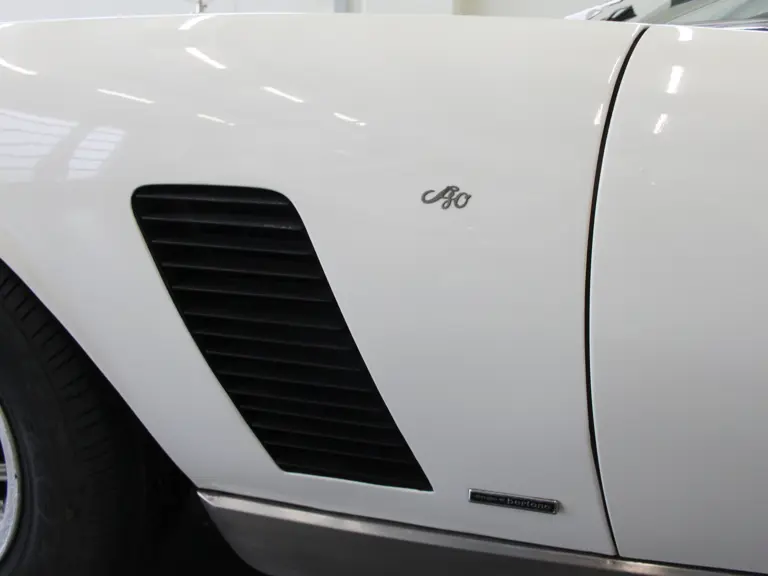
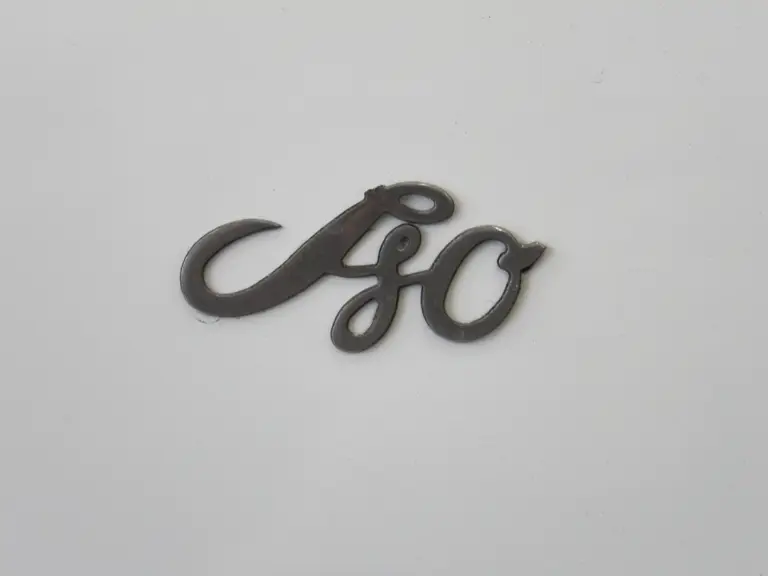
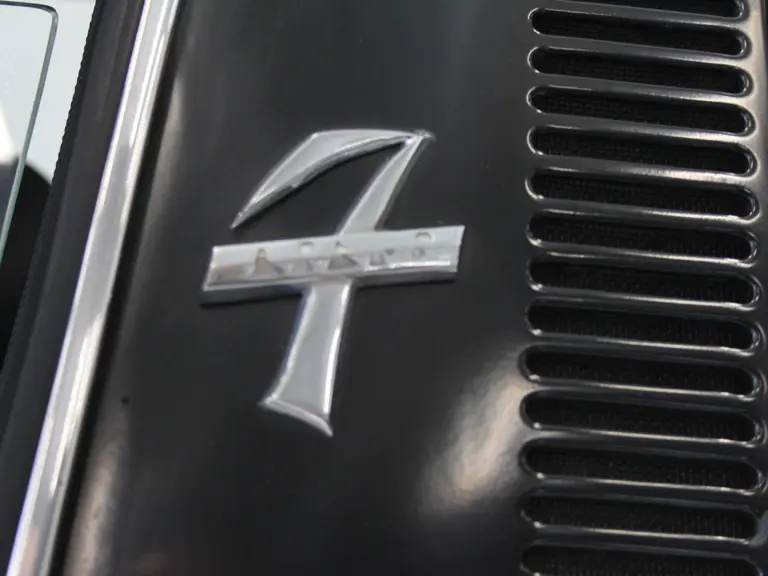
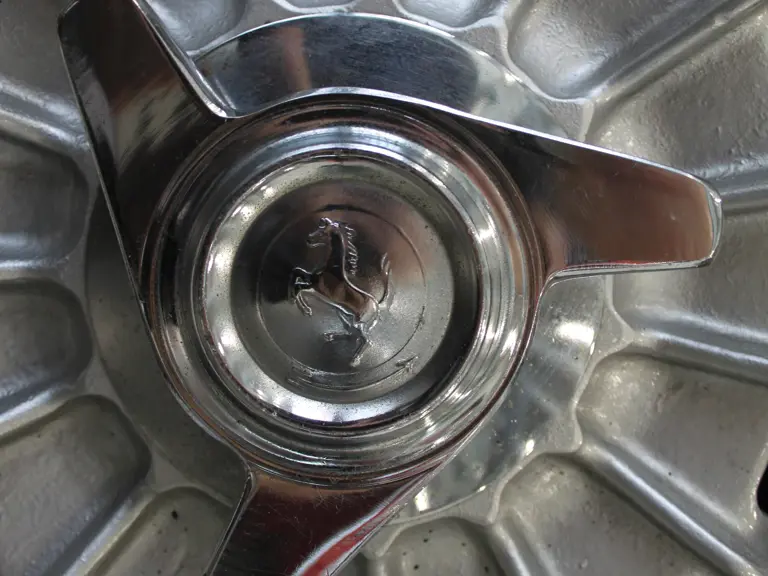
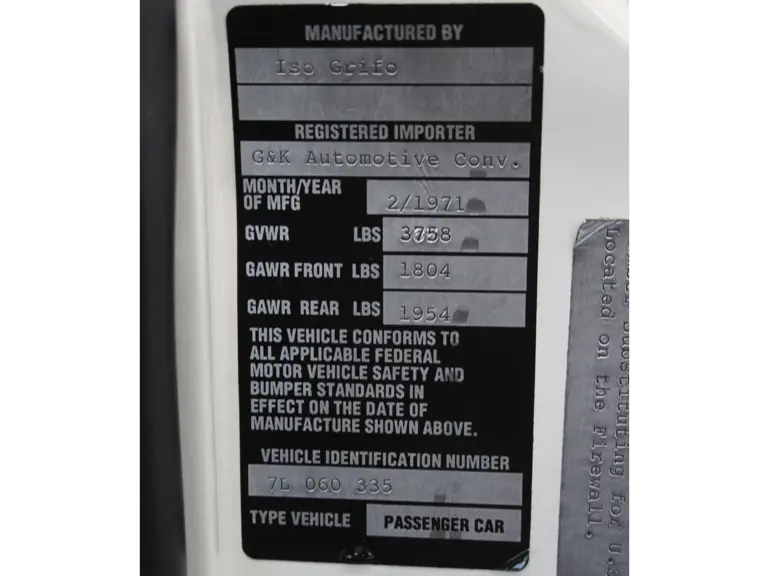
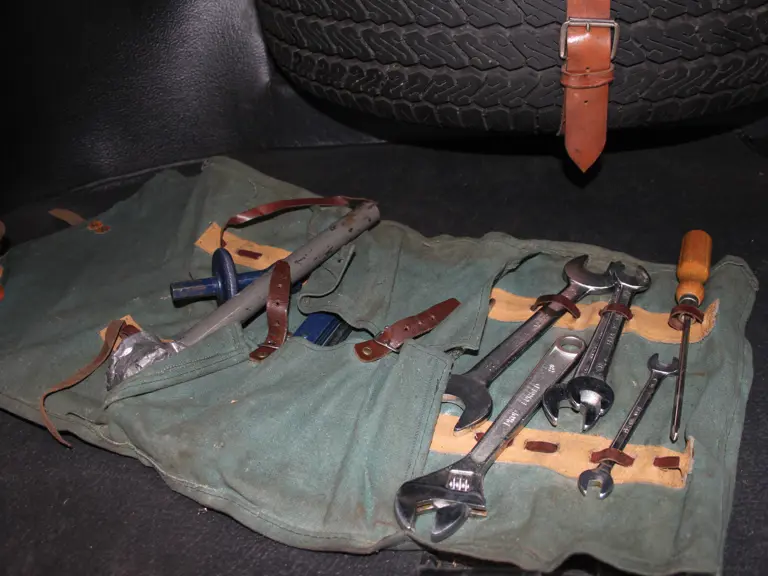
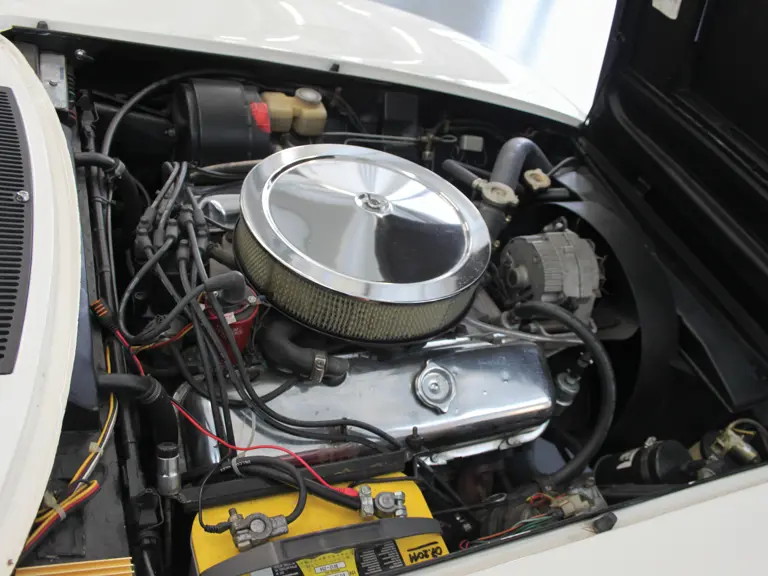

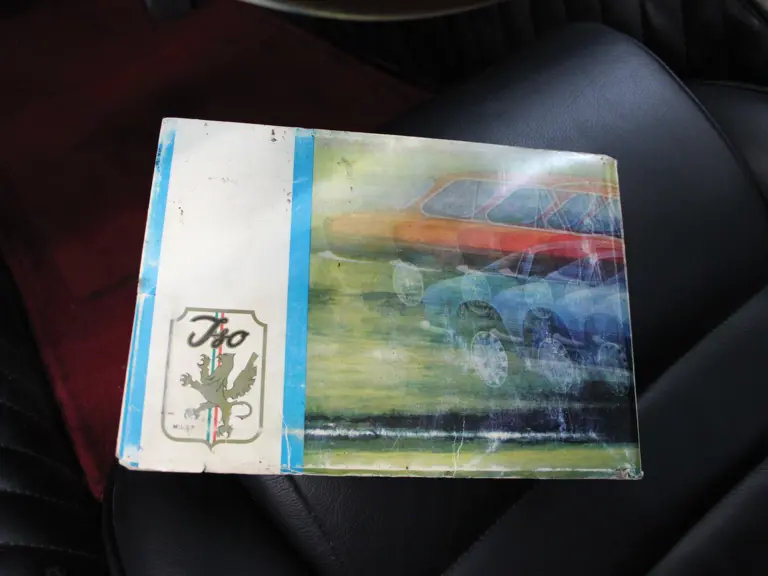
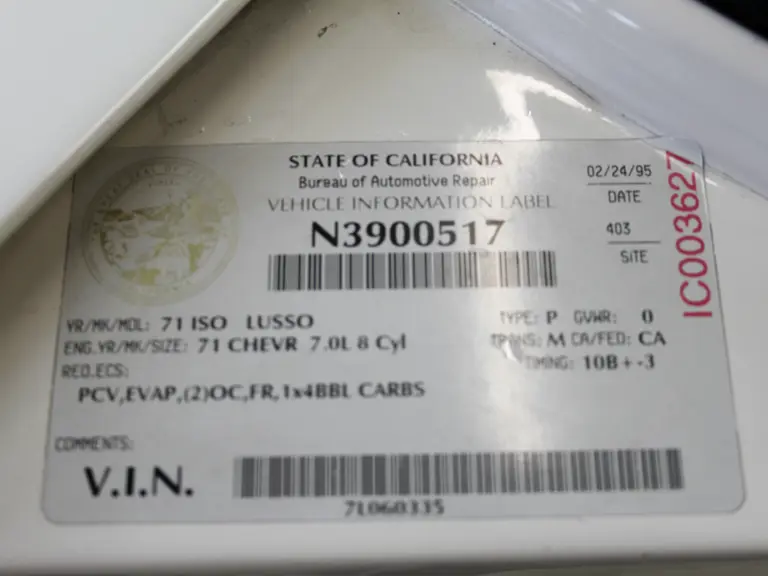

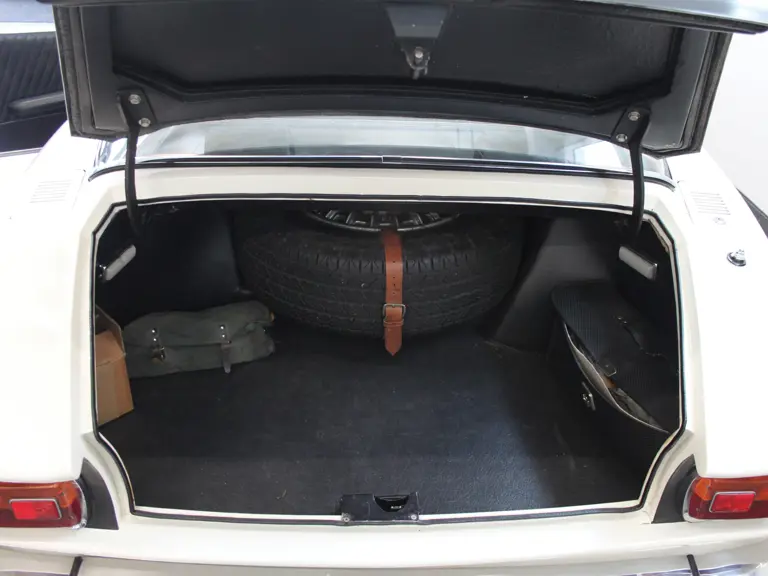
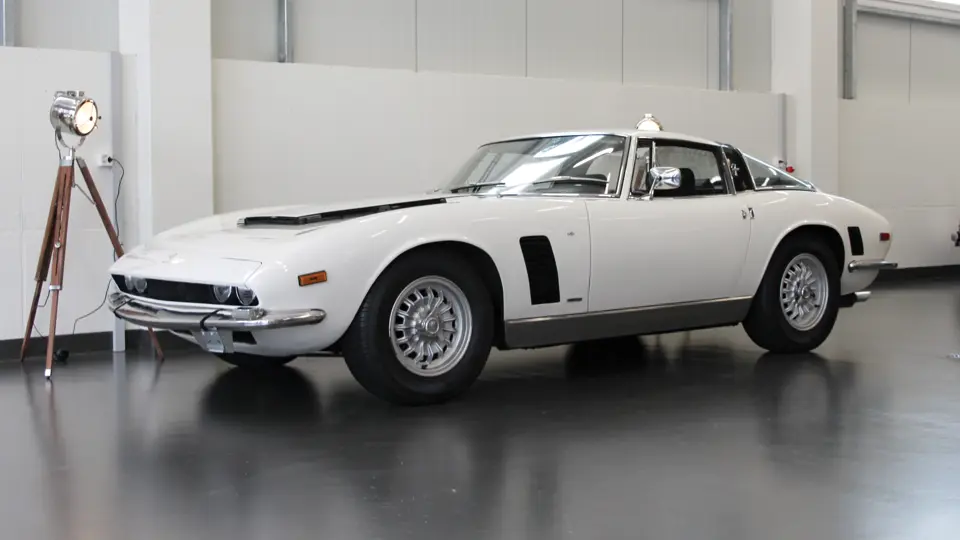
 | London, United Kingdom
| London, United Kingdom
